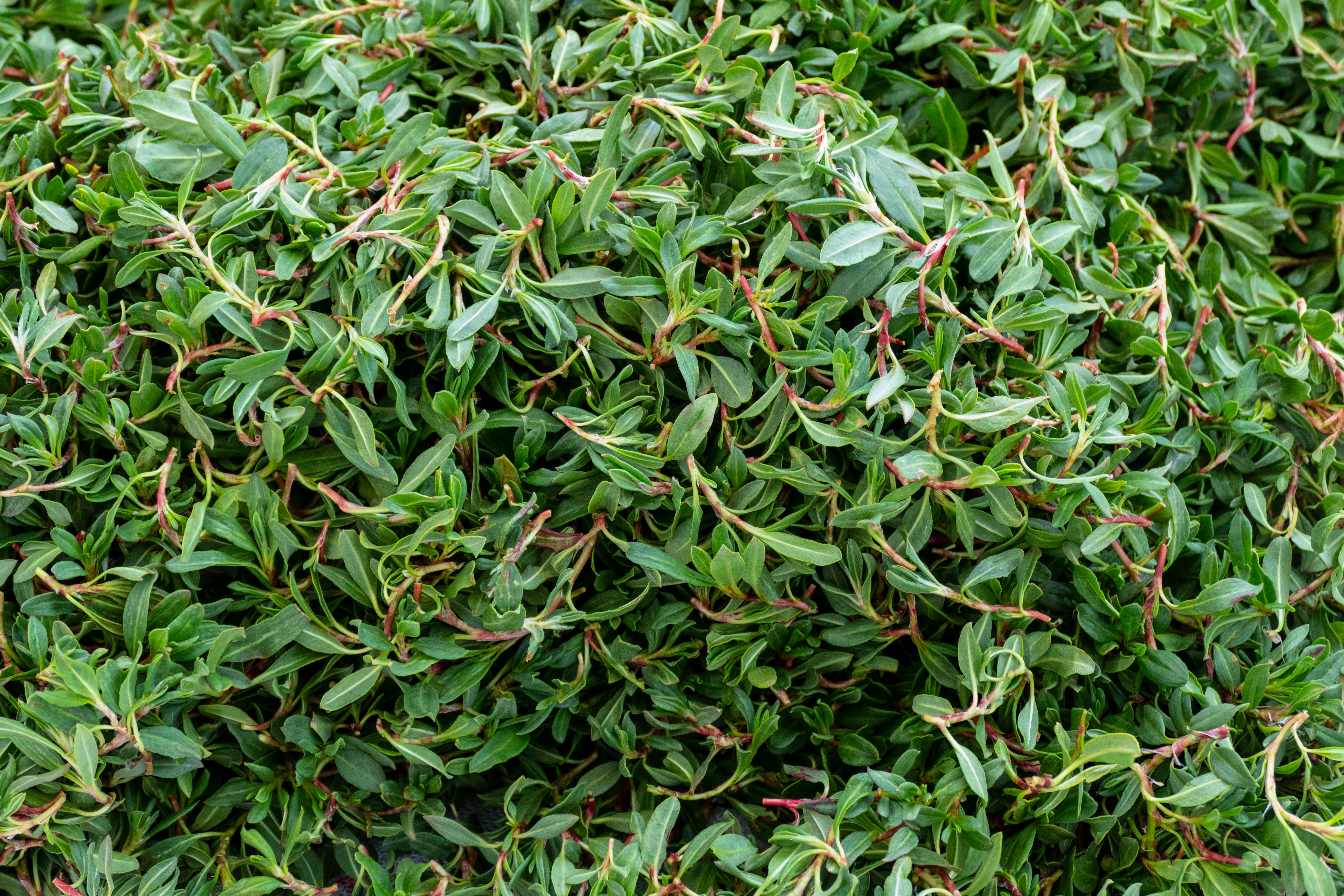HPLC-DAD Measures Phytochemical, In Vitro, and In Silico Properties of Polygonum cognatum Meissn
This study of the perennial herb also known as madimak (or Indian knotgrass) aimed to simultaneously determine phenolic compounds to gain more insights into their antioxidant or antimicrobial capabilities.
A team of researchers at Istanbul University in Turkey has analyzed Polygonum cognatum Meissn plants, harvested in Turkey and known there as madimak, among other names, to expand upon previous studies that identified the perennial herb’s activities as an antioxidant, antimicrobial, and antiproliferative agent, and enzyme inhibitor (1). The phytochemical analysis which determined the phenolic compounds within these plants, and classified their in vitro biological activities, was carried out by high performance liquid chromatography with diode array detection (HPLC-DAD). Further in silico investigations into Polygonum cognatum Meissn’s cytotoxic and antimicrobial behaviors were done by molecular docking and ADMET (absorption, distribution, metabolism, excretion, toxicity).
madımak food consumed as fresh grass, knotweed grass to the turkey, madimak grass close-up, madimak herb for cooking, | Image Credit: © kodbanker - stock.adobe.com

Molecular docking is a computational technique used in drug discovery to predict and analyze the binding interactions between small molecules (potential drugs) and target proteins; this process is used for research to identify potential drug candidates. ADMET is a set of tests for pharmacokinetic parameters performed during drug development to evaluate the safety and efficacy of candidate drug compounds for human use.
The study done by these eight authors, which was published in the Journal of Separation Science, reports that madimak is grown in both agricultural and non-agricultural areas at a variety of altitudes and is used to treat internal worms, gynecological issues, abdominal pain, anemia, and as a diuretic (1). Phenolic compounds within this plant which the researchers aimed to quantify included caffeic acid, catechin, coumarin, p-coumaric acid, ellagic acid, gentisic acid, polydatin, protocatechuic acid, quercetin, and resveratrol. HPLC, the study said, is often used to examine compounds such as these in complex natural materials. The study did not elaborate on the selection of a diode array detector except to say that measurements were made at 240 nm for the experiment.
For the evaluation of the cytotoxicity of P. cognatum, human colon carcinoma cells (Caco-2) were put through 3-[4,5-dimethylthiazol-2-yl]-2,5-diphenyl tetrazolium bromide analysis. Elsewhere, the part of the study that focused on the plant’s antioxidant capabilities used 2,2′-diphenyl-1-picrylhydrazyl (DPPH) and cupric reducing antioxidant capacity (CUPRAC) methods (1). Candida albicans, a naturally occurring fungus in the yeast family, was found to be notably sensitive among the standard microbial strains that were tested in this research, with a 24.60 ± 0.55 mm inhibition zone as shown by diffusion tests. (Microdilution tests placed the minimum inhibitory concentration and minimum bactericidal/fungicidal concentration values at 4.75 and ≥ 4.75 mg/mL, respectively.)
Overall, the authors approved of the HPLC-DAD method’s sensitivity, linearity, and precision, with limits of detection and quantification (LOD and LOQ, respectively) set at 0.051–0.188 μg/mL and 0.169–0.628 μg/mL for the compounds under investigation (1). While the plants were gathered from two different growing locations, gentisic acid was not found in either, while resveratrol was found to be a major compound. In the first of these two plants, the researchers said, coumarin was found in high amounts via the HPLC analysis. And finally, methanolic extract from P. cognatum was found to have antimicrobial activity against both Gram-negative and Gram-positive bacteria and fungi—this and other discoveries suggesting that the plant might have a broader appeal as an alternative source of certain bioactive compounds.
Reference
(1) Akpınar, R.; Baştemur, G. Y.; Bıçak, B.; et al. Phytochemical Profiling, In Vitro Biological Activities, and In Silico (Molecular Docking and Absorption, Distribution, Metabolism, Excretion, Toxicity) Studies of Polygonum cognatum Meissn. J. Sep. Sci. 2023, e2300750. DOI: 10.1002/jssc.202300750
Study Explores Thin-Film Extraction of Biogenic Amines via HPLC-MS/MS
March 27th 2025Scientists from Tabriz University and the University of Tabriz explored cellulose acetate-UiO-66-COOH as an affordable coating sorbent for thin film extraction of biogenic amines from cheese and alcohol-free beverages using HPLC-MS/MS.
Multi-Step Preparative LC–MS Workflow for Peptide Purification
March 21st 2025This article introduces a multi-step preparative purification workflow for synthetic peptides using liquid chromatography–mass spectrometry (LC–MS). The process involves optimizing separation conditions, scaling-up, fractionating, and confirming purity and recovery, using a single LC–MS system. High purity and recovery rates for synthetic peptides such as parathormone (PTH) are achieved. The method allows efficient purification and accurate confirmation of peptide synthesis and is suitable for handling complex preparative purification tasks.







